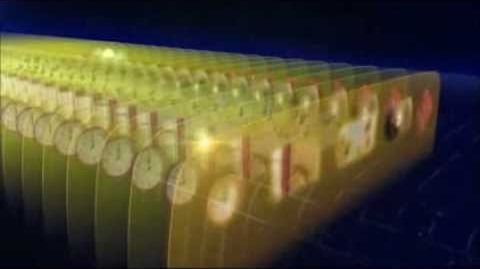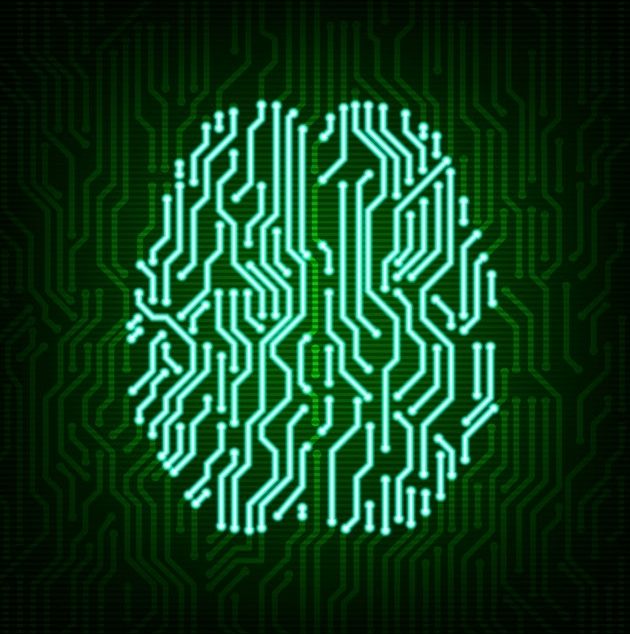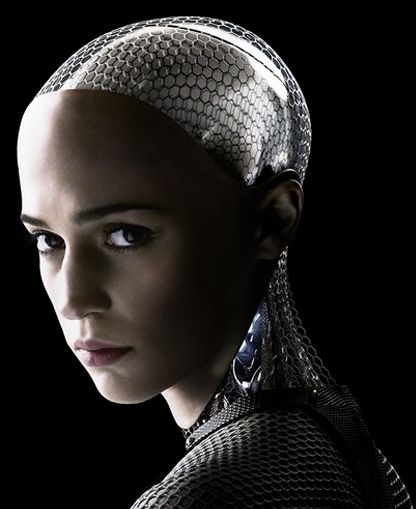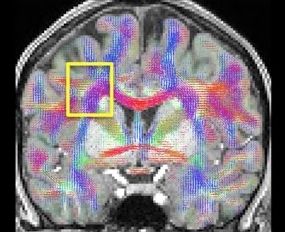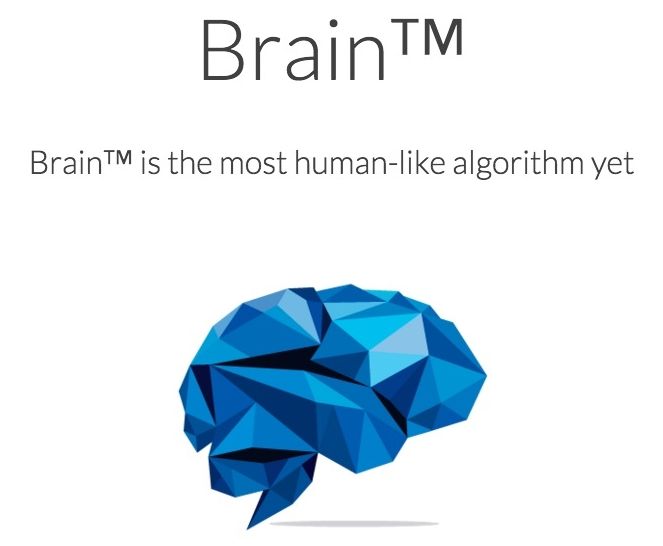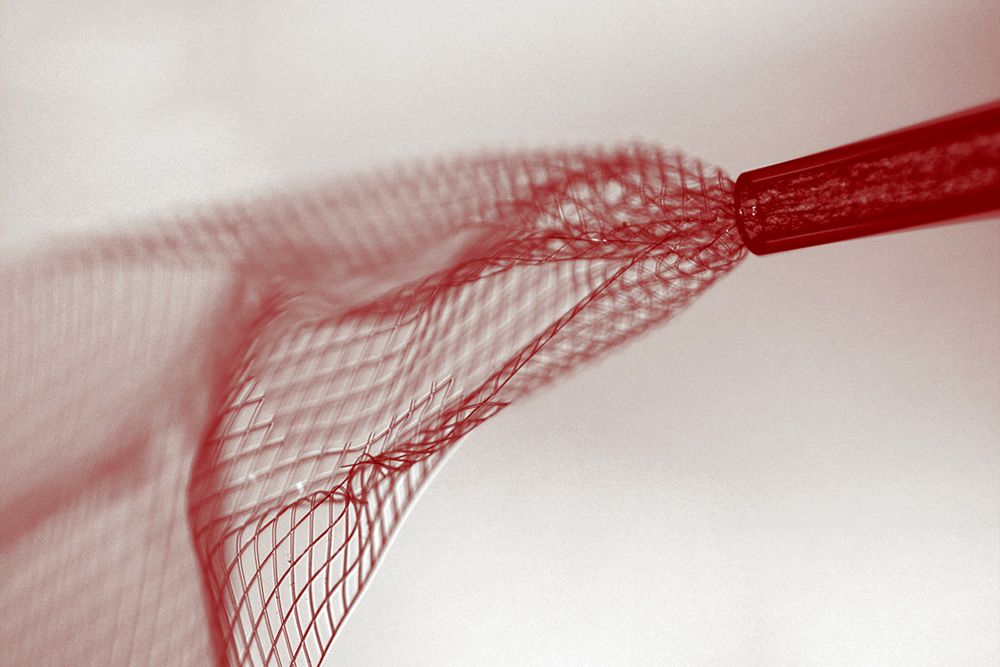The government’s National Eye Institute is committing $12.4 million to research technologies that can regenerate damaged neurons.
Category: neuroscience – Page 962
Albert Einstein was very clear in his day. Physicists are very clear now. Time is not absolute, despite what common sense tells you and me.
Time is relative, and flexible and, according to Einstein, “the dividing line between past, present, and future is an illusion”. So reality is ultimately TIMELESS. This sounds pretty bizarre from the view of classical physics, but from the view of consciousness theory and spirituality, it fits in perfectly.
Brain is the most complex biological computing system and performs almost every activity with jet speed and precision. Despite the numerous advancements in the interaction of technology and science, there is no machine that functions as swift as a brain. Nevertheless, the recent experiment by the researchers of Okinawa Institute of Science and Technology Graduate University in Japan and Forschungszentrum Jülich in Germany is a milestone in the history of producing human brain simulations by a computer.
The team of researchers from Japan and Germany have managed to produce the most accurate simulation of a human brain in Japan’s computer. The single second worth of activity in the human brain from just one percent of the complex organ was able to be produced in 40 minutes by the world’s fourth largest computer.
The computer used is the K computer in Japan to simulate human brain activity. The computer has 705,024 processor cores and 1.4 million GB of RAM, but still took 40 minutes to crunch the data for just one second of brain activity. The open-source Neural Simulation Technology (NEST) tool is used to replicate a network consisting of 1.73 billion nerve cells connected by 10.4 trillion synapses.
The Anthrobotics Cluster seeks to start conversations (and answer questions) regarding some of the biggest topics in AI research. Here, Luis de Miranda, one of the founders, discusses anthrobots and the relationship between humans and machines.
Technology is accelerating at an ever increasing rate. Each year, we develop smaller and smarter systems…systems that allow us to interact with information in ways that previous eras only dreamed about. In fact, given their ability to process, identify, and categorize information—and their uncanny ability to synthesize information and make judgments—many of our systems seem to be developing a true form of intelligence. In this respect, it seems that the dawning age of AI is truly upon us.
But what does this mean?
[Figure about depicts a layout, showing two ‘somas’, or circuits that simulate the basic functions of a neuron. The green circles play the role of synapses. From presentation of K.K. Likharev, used with permission.]
One possible layout is shown above. Electronic devices called ‘somas’ play the role of the neuron’s cell body, which is to add up the inputs and fire an output. In neuromorphic hardware, somas may mimic neurons with several different levels of sophistication, depending on what is required for the task at hand. For instance, somas may generate spikes (sequences of pulses) just like neurons in the brain. There is growing evidence that sequences of spikes in the brain carry more information than just the average firing rate alone, which previously had been considered the most important quantity. Spikes are carried through the two types of neural wires, axons and dendrites, which are represented by the red and blue lines in figure 2. The green circles are connections between these wires that play the role of synapses. Each of these ‘latching switches’ must be able to hold a ‘weight’, which is encoded in either a variable capacitance or variable resistance. In principle, memristors would be an ideal component here, if one could be developed that could be mass produced. Crucially, all of the crossnet architecture can be implemented in traditional silicon-based (“CMOS”-like) technology. Each crossnet (as shown in the figure) is designed so they can be stacked, with additional wires connecting somas on different layers. In this way, neuromorphic crossnet technology can achieve component densities that rival the human brain.
Likarev’s design is still theoretical, but there are already several neuromorphic chips in production, such as IBM’s TrueNorth chip, which features spiking neurons, and Qualcomm’s “Zeroeth” project. NVIDIA is currently making major investments in deep learning hardware, and the next generation of NVIDIA devices dedicated for deep learning will likely look closer to neuromorphic chips than traditional GPUs. Another important player is the startup Nervana systems, which was recently acquired by Intel for $400 million. Many governments are are investing large amounts of money into academic research on neuromorphic chips as well. Prominent examples include the EU’s BrainScaleS project, the UK’s SpiNNaker project, and DARPA’s SyNAPSE program.
Moises Hernandez Fernandez, PhD student at University of Oxford shares how he’s using GPUs to accelerate the analysis of the human brain’s underlying anatomical and structural organization. Learn more about their amazing work at http://nvda.ws/2bJqm9j.
Share your GPU-accelerated science with us at http://nvda.ly/Vpjxr and with the world using #ShareYourScience.
Watch more scientists and researchers share how accelerated computing is benefiting their work at http://nvda.ly/X7WpH
Visionary and sometimes controversial entrepreneur Elon Musk hinted at advances in next-generation brain hacking. Recent research results promise future “neural lace” technology that could enhance our brains and connect them to the cloud.
“Making progress,” said Musk in a tweet, in reply to a query about “neural lace” technologies for augmenting human intelligence.
“Maybe something to announce in a few months.”
Click on photo to start video.
Utilizing experimental Watson APIs and machine learning techniques, scientists at IBM Research have collaborated with 20th Century Fox to create the first-ever cognitive movie trailer.

